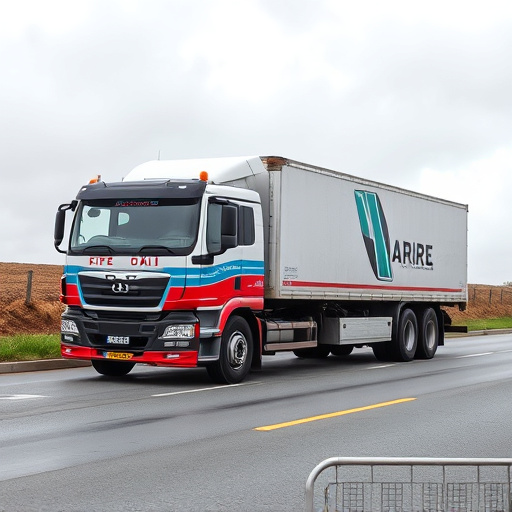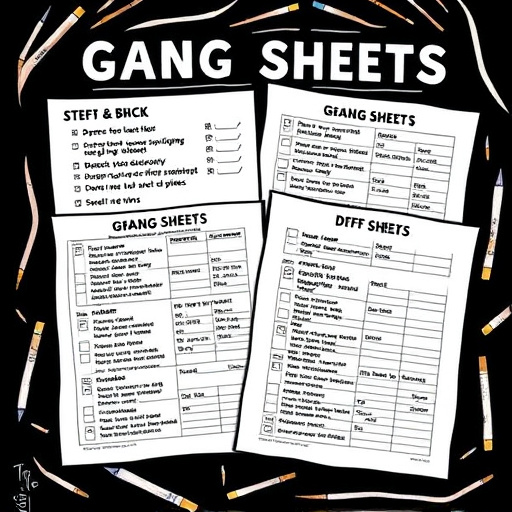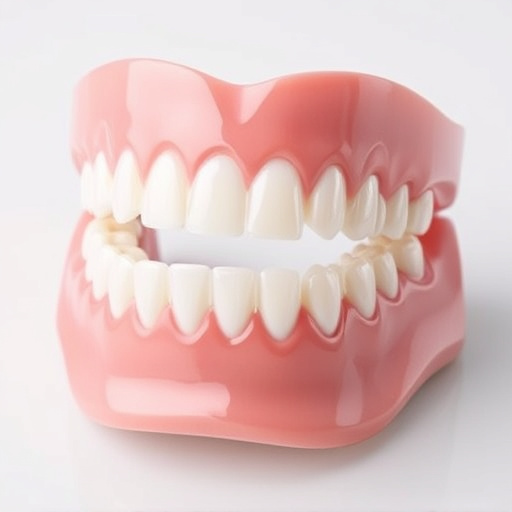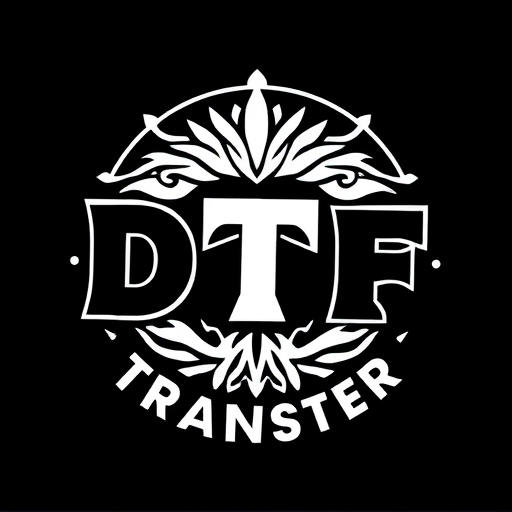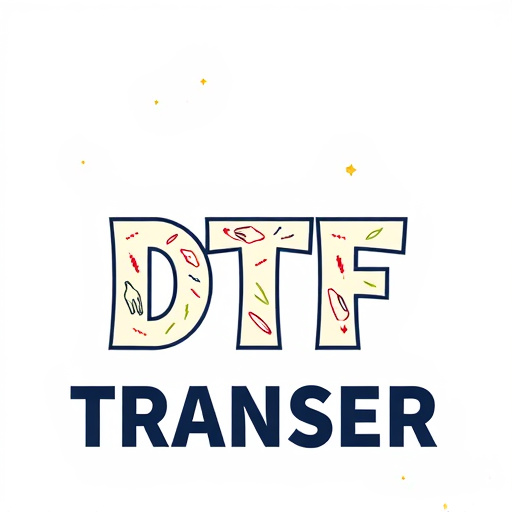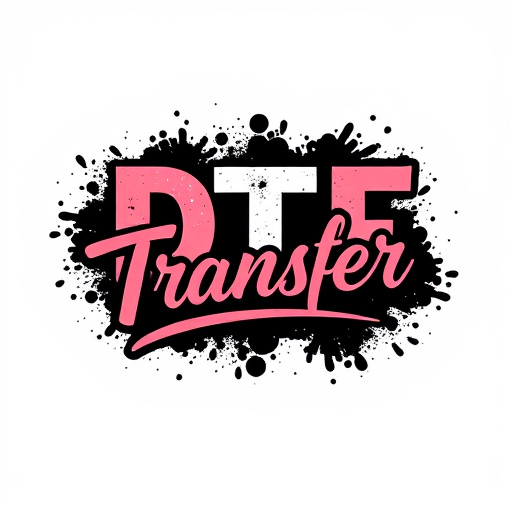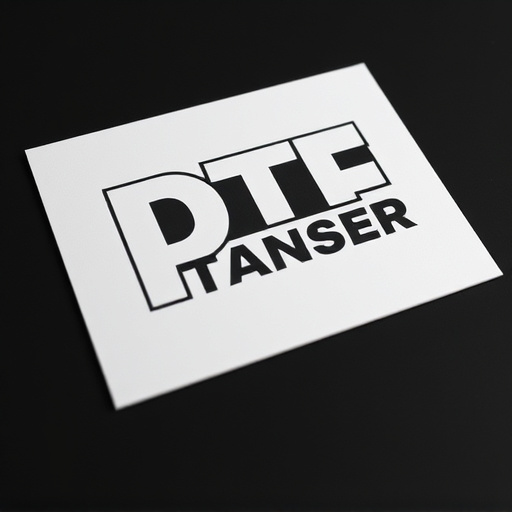Direct-to-Film (DTF) transfers are transforming brand expression by creating strikingly clear, vibrant, and durable visuals with intricate details, suitable for packaging design, promotional materials, and custom merchandise. This cutting-edge technology offers unparalleled precision, vibrancy, and durability, revolutionizing branding and marketing with high-quality prints on various materials. By aligning with the brand's core identity and strategically placing subtle branding elements, DTF enhances visual impact across all channels, making it a powerful tool for businesses aiming to establish and maintain a strong visual identity in competitive markets.
“Discover the future of business branding with Direct-to-Film (DTF) transfers—a revolutionary technique transforming visual marketing. This article delves into the world of DTF, exploring its evolution, benefits, and key design strategies. From unlocking endless visual potential to enhancing brand identity, DTF is reshaping modern branding. Learn how this cutting-edge technology can elevate your business, offering unique and memorable experiences. Uncover the secrets behind successful DTF implementations and their impact on brand transformation.”
- Understanding Direct-to-Film (DTF) Transfers: A Revolutionary Branding Technique
- The Evolution of DTF Technology and Its Impact on Modern Branding
- Benefits of Using DTF for Business Branding: Unlocking Visual Potential
- Key Elements of Effective DTF Brand Design Strategies
- Implementation Tips: Integrating DTF into Your Marketing Collateral
- Real-World Success Stories: How DTF Transforms Brands Visually
Understanding Direct-to-Film (DTF) Transfers: A Revolutionary Branding Technique
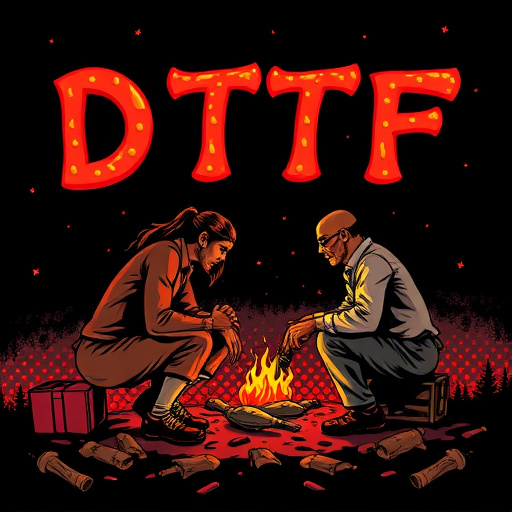
Direct-to-Film (DTF) transfers are a cutting-edge branding technique that’s transforming the way businesses visually express themselves. Unlike traditional printing methods, DTF involves transferring ink directly onto film, offering unparalleled clarity, vibrancy, and durability. This innovative process allows brands to create stunning visuals with intricate details, making their marketing materials truly pop.
By leveraging DTF technology, businesses can achieve a level of brand consistency and impact that’s previously unattainable. It’s ideal for applications like packaging design, promotional materials, and even custom-made merchandise. The direct application to film ensures that colors remain vibrant, and images are crisp, making your branding stand out in today’s competitive market.
The Evolution of DTF Technology and Its Impact on Modern Branding
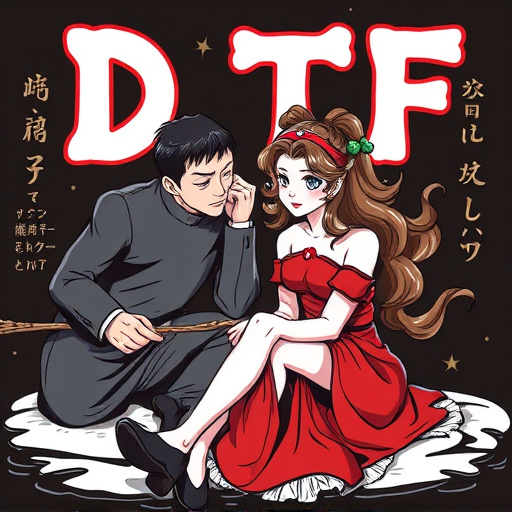
The direct-to-film (DTF) technology has undergone a remarkable evolution, transforming the landscape of branding and marketing. This innovative process allows for high-quality, long-lasting brand elements to be transferred directly onto various surfaces, including textiles, plastics, and even metal. Over time, DTF has evolved from being a niche printing method to a game-changer in modern branding. With advancements in ink formulation and application techniques, it now offers unparalleled precision, vibrancy, and durability.
This evolution has had a profound impact on how businesses approach brand visibility and consistency. DTF technology enables the production of intricate designs, logos, and graphics with exceptional detail retention. As a result, brands can now enhance their visual identity across different mediums, ensuring a unified and captivating presence in today’s competitive market. The versatility of DTF also allows for quick turnaround times and efficient scaling, making it an attractive choice for businesses seeking dynamic and adaptable branding solutions.
Benefits of Using DTF for Business Branding: Unlocking Visual Potential
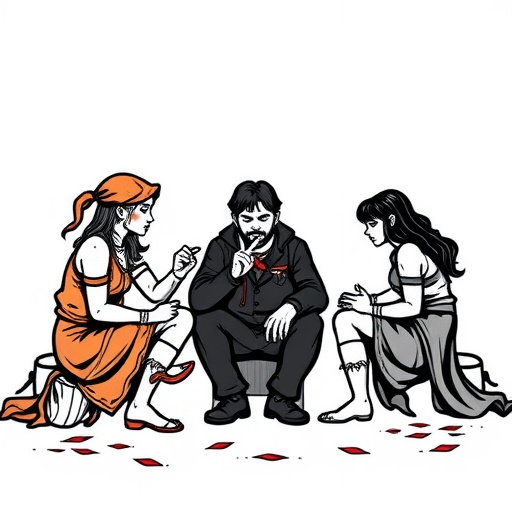
Direct-to-film (DTF) transfers offer a myriad of benefits for business branding, unlocking a world of visual potential. One of its key strengths lies in achieving high-quality, vibrant prints on various materials, from banners and posters to clothing and even packaging. This versatility allows businesses to create captivating visuals that stand out in any environment, whether it’s an outdoor advertising campaign or branded merchandise.
Moreover, DTF printing enhances brand consistency by enabling the reproduction of complex designs and intricate details with remarkable accuracy. It streamlines the branding process, reducing production time and costs while ensuring every output is a true representation of the company’s identity. This efficiency makes DTF an attractive choice for businesses seeking to create and maintain a powerful visual brand presence in today’s competitive market.
Key Elements of Effective DTF Brand Design Strategies

In designing effective Direct-to-Film (DTF) brand strategies, several key elements come into play to ensure a successful and impactful visual representation. The first crucial step is understanding the brand’s core identity and values, which will guide the design process. This involves defining the brand’s unique selling points, target audience, and the overall message it wants to convey. By doing so, designers can create a DTF transfer that accurately reflects the brand’s personality and resonates with its intended viewers.
Another vital aspect is choosing the right visual elements and aesthetics. This includes selecting suitable color palettes, typography, and imagery that align with the brand’s identity. In the context of DTF transfers, ensuring high-quality visuals is essential as these designs will be applied directly onto film, requiring precision and detail. Incorporating subtle branding elements within the frame, such as logo placements or subtle patterns, can enhance brand recognition without overpowering the overall cinematic experience.
Implementation Tips: Integrating DTF into Your Marketing Collateral
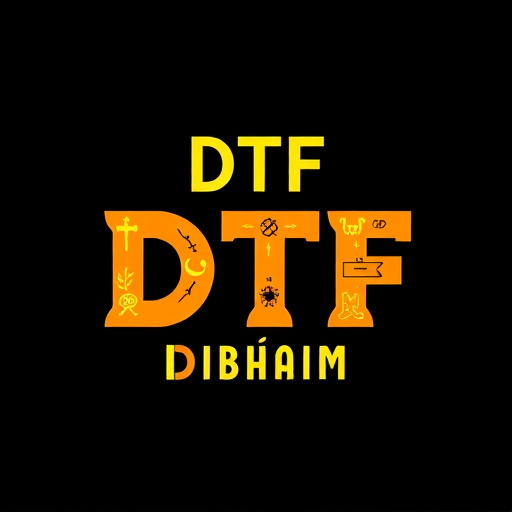
Implementing Direct-to-Film (DTF) transfers into your marketing collateral can elevate your brand’s visual impact significantly. When integrating DTF, start by selecting high-quality materials and ensuring your design is optimized for the chosen film stock. This ensures a crisp and accurate reproduction of colors and details. Consider the lifespan of the product; durable films are ideal for outdoor signage or items exposed to sunlight.
Next, align your branding consistently across all marketing channels. From print ads to digital banners, maintain the same brand aesthetics to build recognition. For instance, use DTF on posters, brochures, or even as a backdrop for photo shoots. This strategic approach reinforces your brand’s identity and creates a cohesive customer experience, making your marketing efforts more effective and memorable.
Real-World Success Stories: How DTF Transforms Brands Visually

Direct-to-film (DTF) transfers have become a game-changer in brand visualization, offering businesses an innovative way to transform their identities. This cutting-edge technique allows for complex designs and vibrant colors to be applied directly onto various surfaces, from vehicles to merchandise. One of the most compelling aspects of DTF is its real-world impact; numerous success stories showcase how this method enhances brand visibility and leaves a lasting impression.
For instance, many companies in the automotive industry have embraced DTF technology to create eye-catching vehicle wraps. These wraps not only protect the car’s surface but also serve as a mobile billboard, showcasing brands with remarkable detail and clarity. Similarly, retail stores use DTF for window graphics and in-store displays, instantly elevating their brand presence and engaging customers. The versatility of DTF is evident in its ability to transform ordinary objects into extraordinary brand ambassadors, ensuring that businesses stand out in a competitive market.

